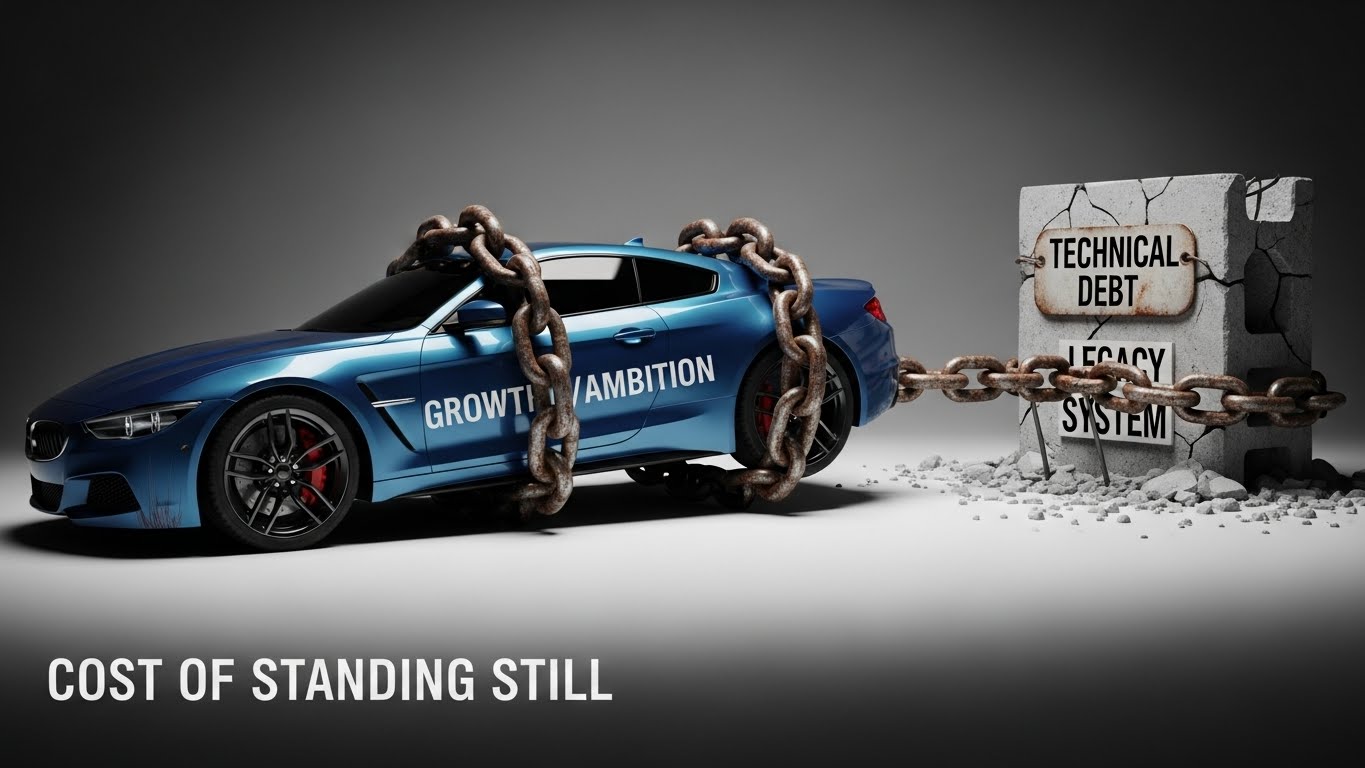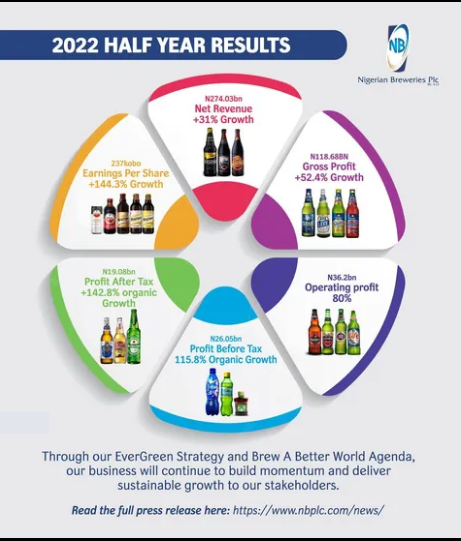Across boardrooms in every major industry, digital transformation has become the dominant priority. Leaders promise faster workflows, smarter data use, automated marketing processes, real-time insights, and seamless customer interactions. However, beneath the polished decks and confident roadmaps, a quieter crisis is emerging. Brands know they need stronger systems, but many hesitate to migrate to them.
Executives rarely name this hesitation, even though it affects almost every organisation: Migration Paralysis.
And it is costing companies far more than they realize.
The Hidden Cost of Standing Still
Most organisations still rely on legacy technology platforms. These platforms once set the standard but now fail to support modern demands. Data is scattered across disconnected systems. Teams rely on outdated tools. Consequently, customer journeys cannot be tracked end-to-end.
Marketing teams spend more time exporting spreadsheets than generating insights. Executives know the problem. In fact, many have already approved a move to better platforms.
Then the moment everyone fears arrives: migration.
Leaders see migration as risky, costly, disruptive, and time-consuming. The fear is understandable; after all, no executive wants outages, data loss, or operational breakdowns.
However, the cost of staying put is almost always higher.
Every quarter spent delaying widens the gap between a brand’s ambitions and its actual capabilities. Teams slow down. Insights weaken. Customers drift away quietly because outdated systems cannot meet their expectations. Meanwhile, while a company waits for the perfect moment, its competitors move faster with modern technology.
In simple terms, paralysis has become a strategic threat.
Technical Debt: The Silent Tax on Growth
The longer a business depends on legacy infrastructure, the more technical debt it accumulates. This debt never appears on financial statements, yet it drains revenue daily.
Slow data processing weakens marketing impact. Outdated CRM systems limit personalisation and customer retention. Fragmented analytics prevent a complete view of customer behaviour. Manual work drives up operational cost. Furthermore, integrations fail more often and demand constant support.
For many brands, technical debt has become a hidden burden. It erodes productivity, wastes opportunities, and suppresses performance.
Executives often believe that avoiding migration protects the company from risk. In reality, staying on an outdated system creates greater danger.
Fear, Not Complexity, is the Real Obstacle
When leaders discuss migration challenges, they often mention time, disruption, and cost. But behind these explanations lies a simpler truth.
They are afraid.
-
They are afraid of mistakes.
-
They are afraid of losing visibility.
-
They are afraid of moving data that drives millions in revenue.
-
They are afraid the new system will not deliver what vendors promise.
This fear slows decision-making and traps companies in a state of uncertainty. Teams work harder than ever, yet results decline because the infrastructure cannot support growth.
Migration paralysis is not a technical issue; it is a psychological one.
The Systems Are Ready. The Brands Are Not
A decade ago, migrations were chaotic, risky, and unpredictable. Today, the landscape has changed. Technology companies have invested heavily in:
-
Automated migration tools.
-
Sandbox environments.
-
Gradual rollout models.
-
Guaranteed uptime switching.
-
Real-time data sync.
-
Parallel system operation.
-
Specialised migration teams.
Modern systems make it possible to switch platforms without disrupting operations. Consequently, technology is no longer the barrier. Organisational willingness is.
Brands are not suffering because better tools do not exist. Instead, they are suffering because they have not moved to them.
What Modern Leaders Do Differently
Brands that beat migration paralysis share three behaviours:
-
They treat migration as a growth initiative, not an IT project.
-
Therefore, speed, capability, and profitability drive their decisions.
-
They avoid waiting for the perfect moment and migrate in stages.
They prioritise capability over comfort.
Comfort with legacy tools is not a strategy.
The Real Question
The industry has already answered the question of whether to migrate.
The real question is: How much growth do we lose every month we delay?
Whether the task involves a CRM upgrade, analytics consolidation, a commerce platform shift, an automation suite, or a data warehouse, one truth remains consistent.
Systems determine speed. Speed determines competitiveness.
Migration paralysis is not a technology problem; it is a growth problem.
Brands that break the cycle will outperform those that stay stuck. This is true not simply because they adopt new platforms, but because they refuse to let fear hold them back.
ALSO WATCH MARKETING EDGE ONTV








Comment
No comments found.